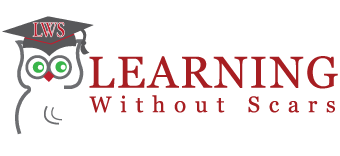Before we can be of any value to anyone else we have to be of value to ourselves. That is an old adage, but it still rings true. Ignorance is not knowing what to do. How can we know what to do if we don’t understand basic finance? This is especially true within the labor business, where the technicians look at their hourly wage and compare it to the labor rate charged to the customer.
We will expose and explain all aspects of the operating statement, the balance sheet and the cash flow forecast. These are the three major documents in the world of finance. We will define and describe all of the terms the accountants use. There will be no mystery to basic finance when we are finished. We will explain cost of sales and what it consists of, as well as all of the various expense elements. Personnel Expenses, Operating Expenses, and Fixed Expenses are discussed so that everyone will be able to understand and accept how and why money is spent and how we make it.
The fundamentals of basic finance have been a mystery for too many people for far too long, especially in the labor business. This program gets past that so that the employees in a parts business will understand the effect of each of their decisions.
